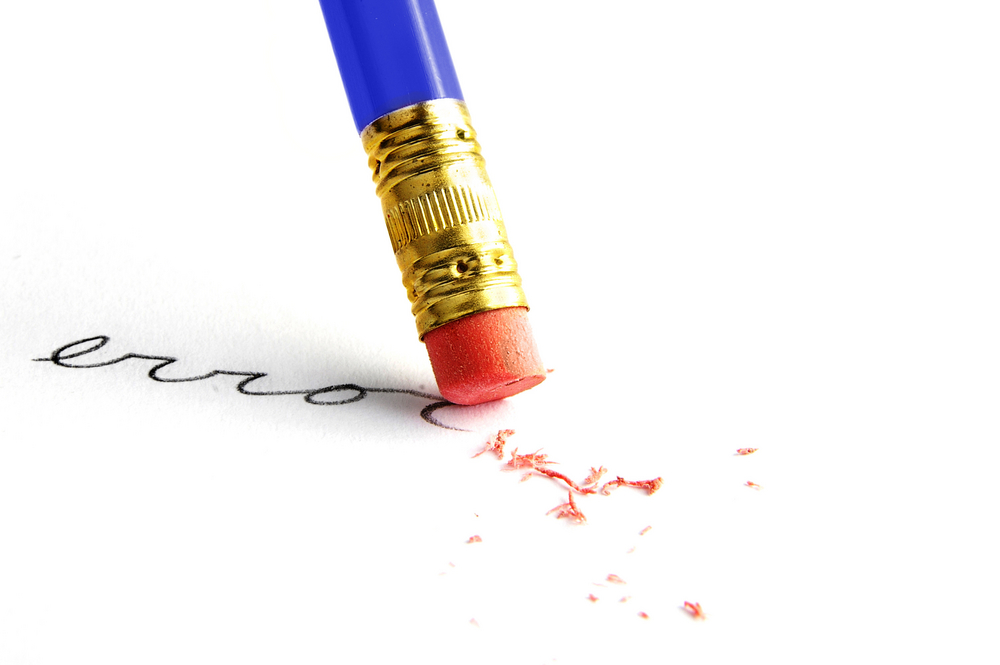Editing versus proofreading
Authors who are new to the editorial and publishing process sometimes use the terms editing and proofreading interchangeably. Many think proofreading is just a lighter form of editing, similar to a copy edit. In recent years, the distinction has become even more blurred as terminology in the publishing world evolves. However, traditionally, editing and proofreading are two separate tasks in the publication cycle.
Editing comes first. After you have polished and honed a final draft to the best of your abilities, your manuscript will be ready for editing. Editing addresses development of content, structure, style, and grammar, including spelling, punctuation, and style choices (not to be confused with writing style). Editing can be light or heavy or in between—copy editing, stylistic (line) editing, substantive editing, or structural editing, or a combination thereof. You will likely do plenty of revisions after the first editing pass, and you may wish to have a second pass of editing done. Editing is done in MS Word using a markup feature called track changes. Keep your formatting as simple as possible for your editor—Times Roman, 12-point font, one-inch margins, and double or 1.5 spacing. No fancy stuff at this point, please; your editor is working on your content, not the appearance of the book. (If you want to learn how to properly format your manuscript for editing, see my blog post here.) And don’t worry about adding page numbers to your table of contents; these will change after the interior page layout is done.
When editing and revisions are complete, the design stage is next—formatting, layout, and typesetting of interior pages. Here’s where you get to play with the appearance of your book’s pages. You work with your designer (or you undertake this process yourself), usually in a layout program called InDesign, deciding on styles, fonts, chapter openings, headings, subheadings, and so on. At this stage, page numbers are added to the manuscript, to the table of contents, and to the index, if there is one. Your cover can also be designed during this stage or earlier. When the design stage is complete, your designer produces a PDF version, which goes to the proofreader.
Proofreading is the final stage before printing or uploading. In the old days of publishing, proofreading literally meant reading the galley proofs—always after typesetting. Today, although the process is similar, the proofs come as a PDF (Adobe’s portable document format). Proofreading is not editing; it’s not about content, writing style, or grammar. A proofreader looks at different elements from those an editor does—proportions of white space; line, paragraph, and margin spacing; widows and orphans; page numbers matching the table of contents and index; alignment and consistency of headings, subheadings, headers, and footers; bad word breaks or end-of-line breaks; consistency of photo captions and tables, charts, and figures added in typesetting; and any typographical or other errors that may have been introduced in the layout and typesetting stage. It also catches residual errors a single pass of editing may have missed or new errors the author may have introduced in the revisions process.
Proofreading markup on a PDF is simple to use and similar to MS Word’s track changes feature. The proofreader will usually work from a style sheet the editor has created to ensure all styling, spelling, punctuation, and capitalization choices are consistent. A proofreader should make no unnecessary changes, and none that will alter the number of lines on a page, which could change page numbering and cause the designer big headaches. When proofreading is complete, the PDF goes back to the designer to input the corrections. A final point: if she is skilled in proofreading techniques, the proofreader can be the same person you used for editing—she is familiar with the content and styles—but the argument can also be made that a fresh set of eyes is advantageous.
E-books. It’s worth noting that my definitions of these terms are based on the traditional publication cycle, where books are edited, typeset, proofread, and go to press (print). For e-books, which may not be going into print at all, proofreading is the stage that comes after your e-book has been formatted in .epub or .mobi or any of the many other e-publishing formats.
Costs do add up. Not every self-publishing author can afford all the stages I’ve outlined to arrive in print. If you can afford only a single pass of editing, that’s what you should invest your money in. Some authors do the design themselves or sign on with companies like KDP or Kindle Direct Publishing (Amazon), which takes your edited manuscript from design through distribution. But a proofread is still needed, and if you can’t afford a professional, please find several people with a very fine eye for detail to go over every word of your typeset or formatted manuscript. Of course, you should also review it, but don’t do your proofreading on your own; you’re too close to the writing, and I guarantee you won’t catch every error.


